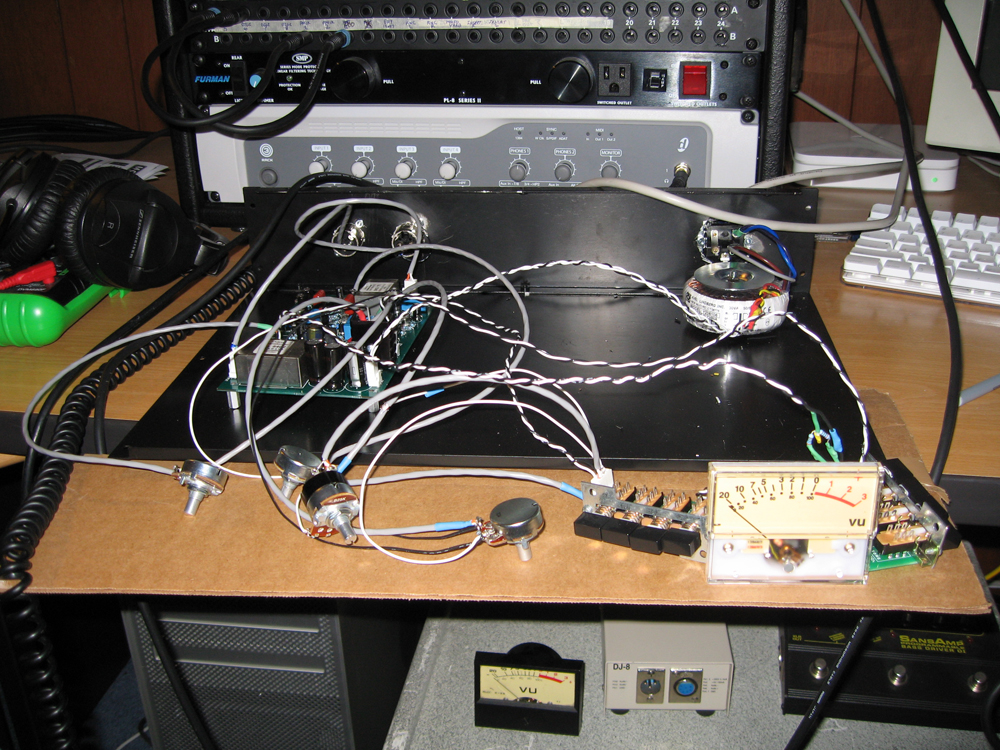gswan
Well-known member
Here's a handy piece of software:
http://www.hometheatershack.com/roomeq/
It's intended for use to setup room equalisation in home theatre systems, however running a line in/line out to a piece of equipment will allow you to run a sweep into the unit and measure the output response. Then you can see where, if any, there are abberations in the response curve.
http://www.hometheatershack.com/roomeq/
It's intended for use to setup room equalisation in home theatre systems, however running a line in/line out to a piece of equipment will allow you to run a sweep into the unit and measure the output response. Then you can see where, if any, there are abberations in the response curve.
























![Soldering Iron Kit, 120W LED Digital Advanced Solder Iron Soldering Gun kit, 110V Welding Tools, Smart Temperature Control [356℉-932℉], Extra 5pcs Tips, Auto Sleep, Temp Calibration, Orange](https://m.media-amazon.com/images/I/51sFKu9SdeL._SL500_.jpg)









